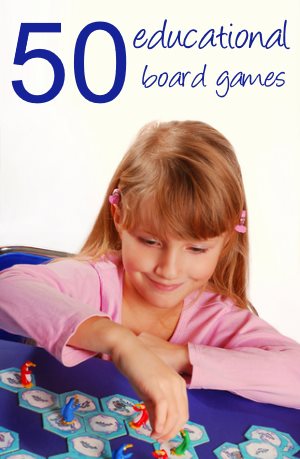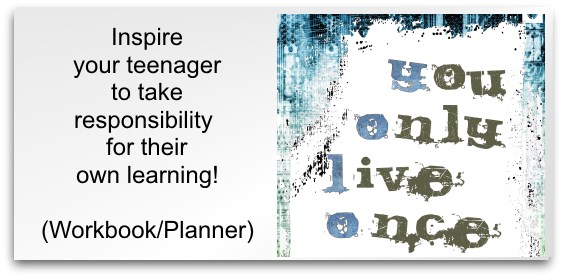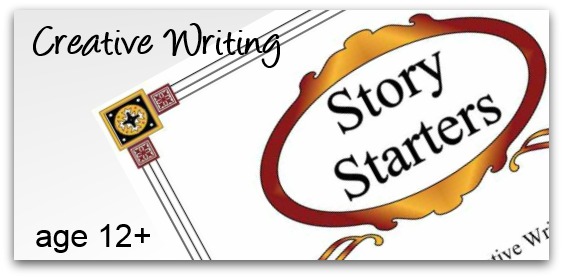Simple Science Experiments for Kids Explained
Home >> Homeschool Science >> Science Experiments for Kids
Been trying my 31 days worth of easy science experiments and wondering about the answers?
This science experiments for kids page explains all!
The scientific principles behind each experiment is explained below - so that you can stay ahead of your kids!
Doing science at home or in your homeschooling is fun and easy - but sometimes kids ask questions we aren't sure about the answers to. I didn't want to leave you in the dark about my months worth of experiments - so here is the science behind each experiment.
Simple Science Experiments for Kids
easy science experiments page. |
- By rubbing the balloon on your hair you are creating static electricity which attracts the particles of salt and pepper. The pepper is lighter than the heavier coarse salt so lifts up to stick to the balloon.
- Milk is made up of lots of different molecules including protein - and the food coloring finds it hard to move around. When you add the washing up liquid it lowers the surface tension of the milk and reacts with the proteins. The combination of the two sets the molecules in motion and pushes the colors around.
- The colors in the felt tips are made up of different pigments. As the water rises through the blotting paper the pigments move at different speeds - separating out into different shades. This process is called chromatography.
- The colored water is drunk by the stem of the flower and converted into food - which it then provides to it's leaves and petals. The white petals show the darker color of the water.
- The hole in your hand is an illusion. It is caused because your brain combines images from each eye to make up what you are seeing.
- The candle is using up the air inside the jar, and the water will be sucked up to fill the vacuum. When the air has all gone the candle will no longer be able to burn and will go out.
- The baking soda and vinegar mixed together cause a chemical reaction.
- The water level falls. This is because the box containing the coin displaces more water (and therefore pushes the water higher) than the size of the coin alone.
- The flame reaches to the wire but does not go through it as you would expect. This is because the metal of the sieve conducts heat away. The candle wax vapor then cannot burn above the wire net.
- This is a fun way to make a secret message! The lemon juice and vinegar are both acidic. The acid stays in the paper after the liquid has dried, and weakens it. When the paper is held near to the candle flame, the heat causes the acidic parts to turn brown before the rest of the paper does.
- The dried peas begin to soak up the water and swell. This makes them larger, and pushes them upwards and out of the glass.
- Normally if you pierce a balloon the hole in the rubber expands and causes it to burst. The sticky tape stops the holes expanding.
- The ping-pong ball will be pushed down by the air in the tall glass. You can prove this by placing a tissue into the bottom of the empty glass. When you remeove the glass the tissue will still be dry.
- The fizzing of the vinegar and baking soda produces carbon dioxide. This gas is heavier than air so it stays (invisibly) in the bowl. The candle needs air to burn so goes out when it is surrounded by the carbon dioxide.
- The soap destroys the surface tension of the water. But some sections of surface tension will remain away from your finger (and the soap). The pepper stays afloat on these sections.
- Check out the details of this experiment at CandyExperiments.com..
- First the raisins will sink to the bottom of the glass. Then the bubbles from the drink will stick to the raisins which causes them to rise. At the top of the drink the bubbles burst, causing them to sink again.
- Your sense of touch doesn't work very well when your skin is cold - making it difficult to pick up the rice.
- Your skin becomes acclimatized to the temperature of the bowls of water. One hand has been warmed so the lukewarm water feels cold. The other is cold so the lukewarm water feels hot.
- You should see a hole melted in the center of the ice. Ice does not melt unil it reaches 0 degrees C. The salt lowers the melting point causing the ice it touches to melt earlier. The salty part of the ice cube changes into water leaving the rest of the ice cube frozen.
- After a while the tissue paper will absorb the water and sinks, but the needle is supported by the water's surface tension and stays floating.
- The spores are the seeds of the mushroom which drop to the ground for reproduction. When you leave the mushroom on a sheet of paper, the seeds form there and leave a pattern.
- Your finger rubs the glass as it moves around the rim. This causes the glass to vibrate and produce the sound.
- See how to make slime for the scientific explanation.
- By swirling the bottles, you will cause the water to move in a circle and cause a tornado.
- Shaking the cream breaks down the fat in the cream and causes it to stick together.
- The box will stop you from blowing out the candle. But the bottle funnels air around the bottle towards the candle so you can blow it out. You can see a great explanation of this here.
- The science is explained here..
- See the BBC page for details of this experiment.
- The vinegar attacks the calcium carbonate of the eggshell causing it to soften.
- The science behind my 31 Easy Water Experiments for Kids is explained here!
Sponsored Links
Science experiments for kids continued...
These science experiments for kids are a great way to get your children interested in the world around them! After trying these experiments why not continue trying a new experiment every day?

I hope you have fun with these science experiments for kids - and these explanations help you with your homeschool science!
Go to Homeschool Science from Science Experiments for Kids
Go to Homeschooling-ideas Home from Science Experiments for Kids
Lovely messages sent from visitors like you:
Oh my goodness! I am a home schooling mum of 4 and I have NEVER found a better site! Thank you so much.
Blessings, Jenny (New Zealand)
I wanted to say THANK YOU for your fabulous website. I found your website, and finally I have the confidence to take the plunge and take my daughter out of school and educate her at home, thank you, thank you.
Marina (UK)
I cannot get over how much great information and super ideas you have here. Fantastic!
Ruralmama (USA)
This is simply fabulous!! I just now found this site and I'm so excited!! The opportunities and suggestions as well as the need to inspire are exactly what I have been searching to fulfill!! I'm so thrilled to get started and even more excited to continue to explore all of the fabulous suggestions and creative ideas you have offered here!!! Thank you, thank you, thank you!
Jennifer (USA)













